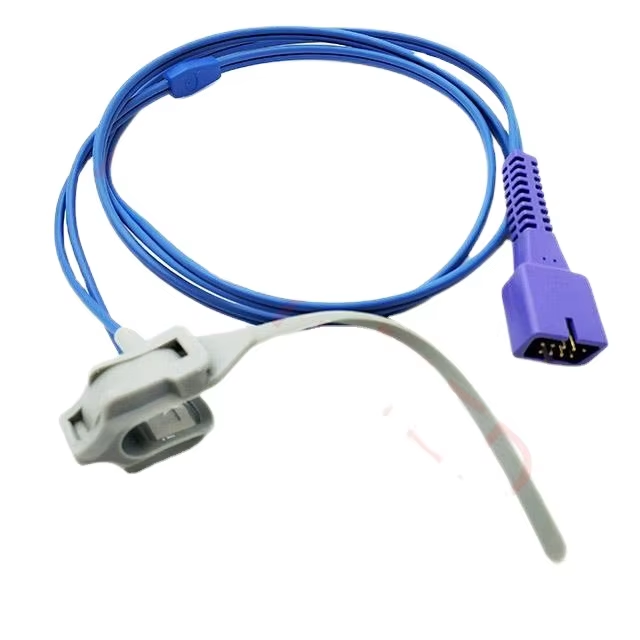In the ever-evolving landscape of healthcare technology, the integration of disposable SPO2 sensors has emerged as a pivotal advancement in enhancing patient safety. These sensors, designed to measure blood oxygen levels non-invasively, play a crucial role in monitoring patients across various clinical settings. This article delves into the significance of disposable SPO2 sensors, their advantages over traditional methods, and their impact on patient care.
The first and foremost advantage of disposable SPO2 sensors is their ability to reduce the risk of cross-contamination. In a hospital environment, where multiple patients may share equipment, the use of single-use sensors minimizes the likelihood of transmitting infections. This is particularly vital in intensive care units and surgical settings, where patients are often immunocompromised. By ensuring that each patient receives a fresh sensor, healthcare providers can maintain higher standards of hygiene and safety, ultimately leading to better patient outcomes.
Moreover, disposable SPO2 sensors are designed for convenience and ease of use. Unlike reusable sensors, which require meticulous cleaning and sterilization processes, disposable options are ready for immediate application. This not only saves time for healthcare professionals but also allows for quicker patient assessments. In emergency situations, where every second counts, the ability to swiftly attach a new sensor can be critical in determining a patient's oxygen saturation levels and guiding treatment decisions.
Another compelling aspect of disposable SPO2 sensors is their cost-effectiveness. Although the initial investment in disposable technology may seem higher than traditional reusable sensors, the long-term savings are significant. Reduced labor costs associated with cleaning and sterilizing equipment, coupled with lower infection rates, contribute to overall healthcare savings. Additionally, hospitals can allocate resources more efficiently, directing funds towards other essential areas of patient care.
As technology continues to advance, the accuracy and reliability of disposable SPO2 sensors have also improved. Modern sensors are equipped with sophisticated algorithms that enhance their performance, allowing for precise readings even in challenging conditions. This increased accuracy is crucial for clinicians who rely on accurate data to make informed decisions regarding patient care. Furthermore, with the integration of telemedicine and remote monitoring, the data collected by these sensors can be transmitted in real-time to healthcare providers, enabling timely interventions and improving patient safety.
Looking ahead, the future of disposable SPO2 sensors appears promising, with ongoing research and development focused on enhancing their functionality. Innovations such as wireless connectivity, integration with wearable devices, and advanced data analytics are on the horizon. These advancements will not only improve the monitoring capabilities of SPO2 sensors but also pave the way for more personalized and proactive patient care.
In conclusion, disposable SPO2 sensors represent a significant leap forward in patient safety and care. Their ability to reduce cross-contamination, ease of use, cost-effectiveness, and accuracy make them an invaluable tool in modern healthcare. As the industry continues to embrace technological advancements, the role of these sensors will undoubtedly expand, further enhancing the safety and well-being of patients worldwide.

